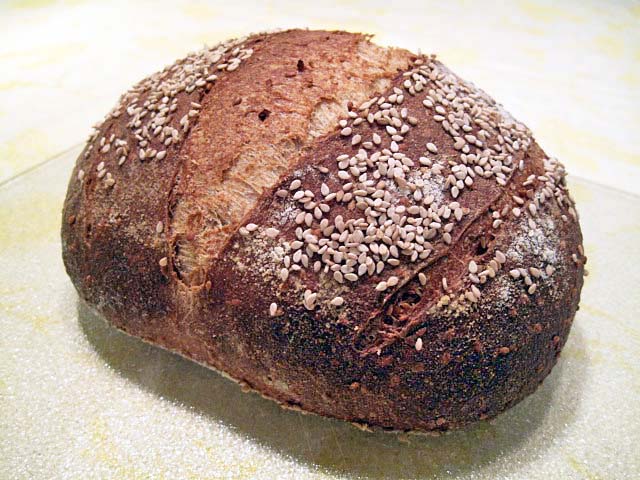WFO variation on Sandwich Buns
Today I fired up my wfo oven to make pizza and this morning I made the recipe for my 'Sandwich Buns'. I needed hot dog buns for Mondays cookout and since the wfo was hot I retarded the shaped hot dog buns in the refrigerator until tonight when the oven had reached a temperature of apx.
- Log in or register to post comments
- 8 comments
- View post
- SylviaH's Blog




